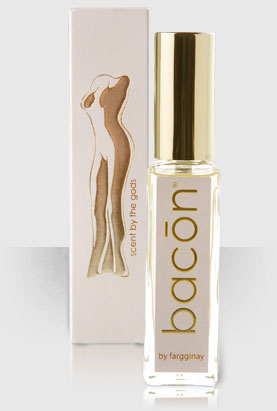The printing industry is a HUGE industry. In fact, the global printing industry was forecasted to reach $980 billion in 2018. Look around you, and you’ll see that almost everything you own, from the labels of your skincare products to the traffic signs on the road have some type of printing. Have you ever wondered how all this ink you just purchased is made?
Take for example compatible videojet ink which is used by thousands of businesses all over the world.
In this article, I’ll be covering the very components that makeup printer ink in which everyone relies on to go through their daily routines, from reading to shopping.

The Three Main Components
A lot goes inside the ink. Basic printers utilize mainly four colors of ink; cyan, magenta, yellow, and black. The mixture of these colors in different and unique proportions result in the vibrant colors we see on paper.
However, it’s not as simple as just mixing colors for a random output. Normally, there are three components of ink; a vehicle, pigment, additives such as driers.
Vehicle
The vehicle transports the ink to the substrate, which typically would be paper. This is the liquid component of the ink. No two printing processes are similar, and there are many types of ink vehicles, such as:
-
Non-drying oil vehicle
-
The vehicle absorbs into the substrate’s surface and leaves hardened pigment on the surface
-
Drying oil vehicle
-
The vehicle absorbs and chemically reacts with oxygen (oxidation) and hardens by polymerization
-
Glycol vehicle
-
Typically used for printing food packages due to its odorless nature.
-
And many more…
The different types of vehicles use will affect how quickly the vehicle is absorbed into the paper. Additionally, driers such as liquid or paste driers would be added to help the ink dry quicker (normally, by increasing rates of oxidation and polymerization of the vehicle).
Pigment
This is the element which exhibits color, gloss, and texture to the printed item. Black pigments come from carbon black, a type of carbon that is produced when organic matter such as hydrocarbons (crude oil and natural gas) is partially burned.
White pigments typically come from titanium dioxide, zinc sulfide, and zinc oxide.
There is a lot more variety when it comes to colored pigments. They can come from:
-
Mineral sources such as cadmium and iron
-
Organic derivatives of coal
-
Metallic powders for specialty inks
Additives
This category consists of many different elements, one of which are driers as I’ve already mentioned. Another additive that is added is a bodying agent such as binding varnish that adds viscosity to ink. This adds sharpness to the printing.
Waxes such as paraffin and beeswax are also added to prevent ink setoff. This rather common problem is when there is a transfer of unwanted wet ink from one sheet to another. This leads to another problem called blocking, which is when the two pieces of paper stick together.
Other elements typically added to ink:
-
lubricants and grease
-
solvents such as thinner
-
antioxidants and anti-skinning agents






